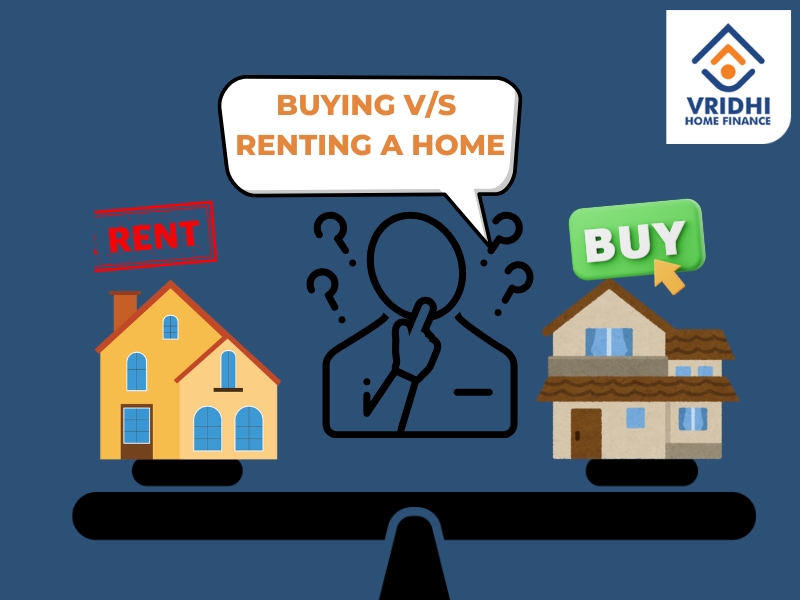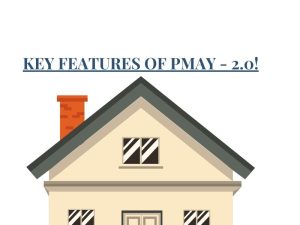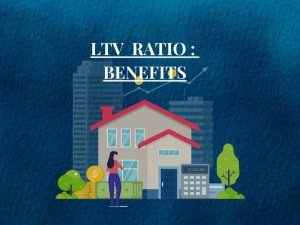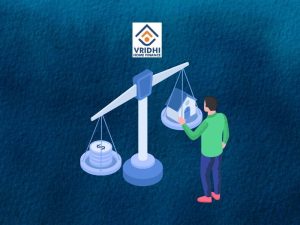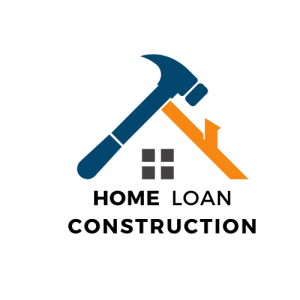What is a Home Loan Top-Up? What are the benefits?
A home loan top-up is an additional loan amount offered by your existing lender on your current home loan. It is a convenient financial solution for individuals who require extra funds for purposes such as home renovation, medical emergencies, education, or business expansion. This article explores what a home loan top-up is, how it works, and its various benefits.
Understanding a Home Loan Top-Up
A home loan top-up allows borrowers to access extra funds over and above their ongoing home loan. It is usually granted to borrowers with a good repayment history and sufficient equity in their property. Unlike personal loans, a top-up loan typically comes with lower interest rates and a longer repayment tenure.
This facility is available only to existing home loan borrowers, making it an attractive option for those who need funds without applying for a new loan.
Read More : Cersai Charges

To understand how a top-up loan works, let’s consider an example. Assume you have an outstanding home loan of ₹20 lakhs, and your property is currently valued at ₹50 lakhs. If your lender permits a loan-to-value (LTV) ratio of 70%, you can borrow up to ₹35 lakhs, including the existing loan amount. This means you are eligible for a top-up of ₹15 lakhs.
Steps to Apply for a Top-Up Loan
- Check Eligibility: Contact your lender to confirm your eligibility for a top-up loan.
- Submit Documents: Provide any required documents, such as income proof or updated property valuation.
- Approval Process: The lender assesses your repayment capacity and outstanding loan balance.
- Disbursement: Once approved, the top-up amount is credited to your account.
Key Benefits of a HL Top-Up
A home loan top-up offers multiple benefits, making it a preferred choice over other loan options.
1. Lower Interest Rates
Top-up loans generally have lower interest rates compared to personal loans or credit cards. Since the loan is secured against your property, lenders offer competitive rates, reducing your overall borrowing cost.
2. Flexible Usage
Unlike a home loan, which must be used strictly for purchasing or constructing a property, a top-up loan can be used for a variety of purposes, such as:
- Home renovation or repairs
- Business expansion
- Medical expenses
- Educational needs
3. Longer Repayment Tenure
A top-up loan typically offers a longer repayment tenure compared to personal loans. This feature reduces your monthly repayment burden and provides financial flexibility.
4. Quick Processing
Since the lender already holds your financial and property details, the processing time for a top-up loan is much shorter. This quick turnaround makes it an ideal option for urgent financial needs.
5. Tax Benefits
In some cases, you may be eligible for tax benefits on the interest paid on a top-up loan if the funds are used for home renovation or construction. Consult your tax advisor for detailed guidance.
Explore More : What is Home Loan EMI ? How to calculate it?

Eligibility Criteria for a Home Loan Top-Up
While the criteria may vary between lenders, here are the common requirements:
1. Good Repayment History
Lenders prefer borrowers who have made consistent, timely EMI payments on their existing home loan. A strong repayment track record increases your chances of approval.
2. Sufficient Property Equity
Your property’s market value and the outstanding loan amount determine your eligibility. Sufficient equity in the property ensures that the lender’s risk is minimized.
3. Stable Income Source
Having a steady income stream assures the lender of your repayment capability. Ensure you can demonstrate your income stability through bank statements or salary slips.
Key Points to Consider Before Opting for a Loan
Before applying for a top-up loan, keep the following factors in mind:
1. Loan Tenure and EMI
Evaluate the loan tenure and EMI amount to ensure they fit within your budget. Longer tenure may reduce monthly payments but increase the total interest cost.
2. Interest Rate Comparison
Compare the top-up loan interest rates with other loan options to determine the most cost-effective solution for your needs.
3. Purpose of the Loan
Define the purpose of the loan clearly to avoid unnecessary borrowing. This ensures that you use the funds responsibly and efficiently.
4. Tax Implications
Consult a tax advisor to understand whether you can avail of tax benefits based on your intended use of the funds.
Differences Between a Top-Up Loan and a Personal Loan
Both top-up loans and personal loans serve various purposes, but they differ in several aspects.
| Aspect | Top-Up Loan | Personal Loan |
|---|---|---|
| Interest Rate | Lower | Higher |
| Repayment Tenure | Longer | Shorter |
| Approval Time | Faster | Relatively Slower |
| Tax Benefits | Available (in specific cases) | Not Available |
Conclusion: A Smart Financial Choice
A home loan top-up is a smart financial option for borrowers looking to access additional funds at lower interest rates. With its flexible usage, longer tenure, and quick processing, it offers a range of benefits to meet diverse financial needs. However, it’s crucial to assess your financial situation and repayment capacity before opting for this facility.
Vridhi Home Finance offers flexible home loan top-up solutions tailored to your unique requirements. Contact us today to explore how we can help you achieve your financial goals!





